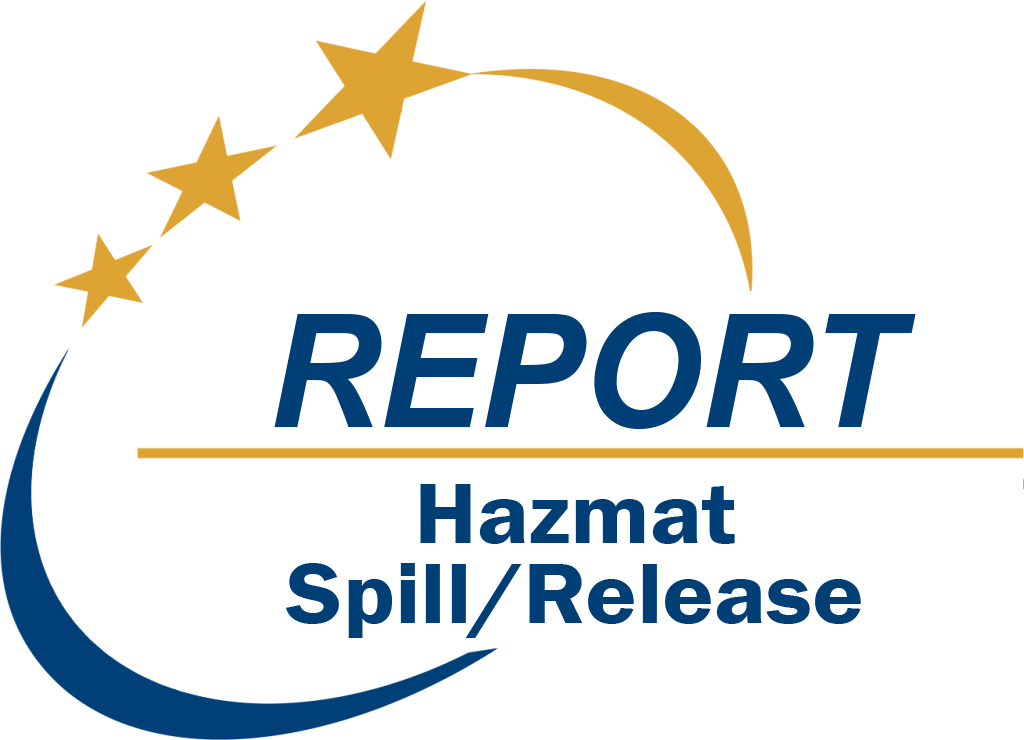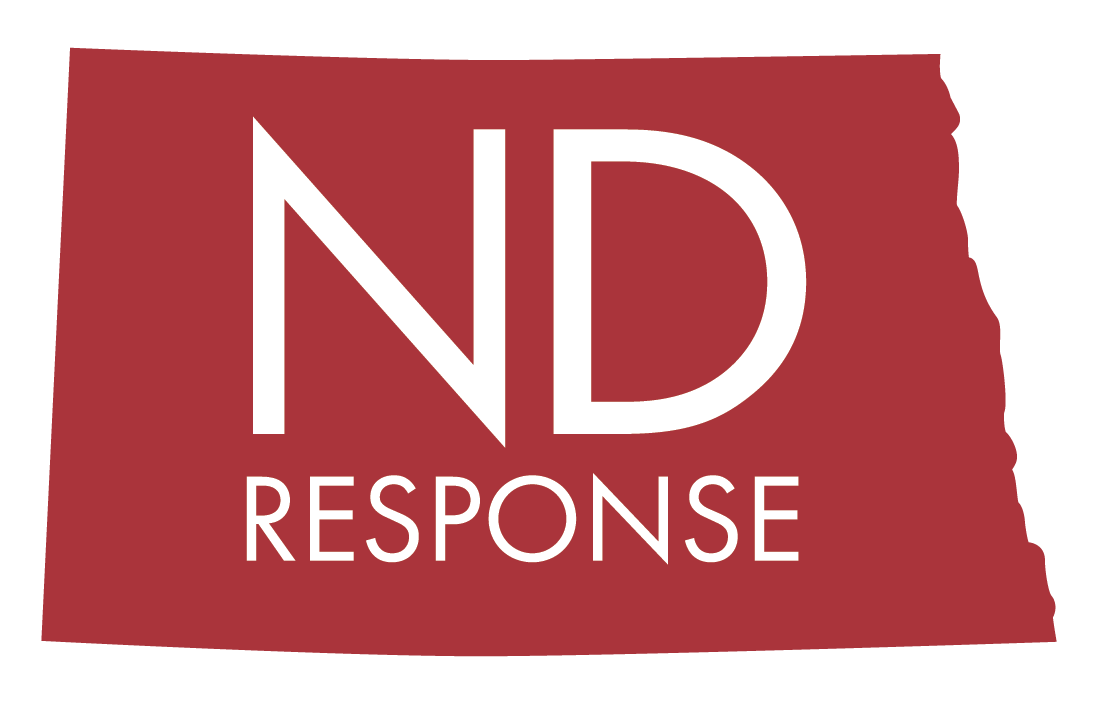NDResponse is the state’s one-stop-shop for communicating timely and accurate information to citizens during emergencies and disasters. As the state coordinating agency during disasters and emergencies, NDDES is a significant contributing agency to NDResponse.
The 2025 Hazard Mitigation Report highlights North Dakota's most recent hazard mitigation actions, building on our longstanding history of investment in risk reduction efforts across the state.
Recent News
View All News
Widow of Johannes Nicolaas van Eeden of South Africa Attends Community Strong Event in Watford City, Remembering the 2024 October Wildfires
Tuesday, August 19, 2025 at 01:00 am
A public event was held in Watford City, Community Strong: Remembering the 2024 October Wildfires and Those Who Stood Together. Among the impacted landowners, community leaders, and first responders gathered for the event was the widow of Johannes Nicolaas van Eeden, traveling from South Africa to visit the place of her late husband’s last days. Edgar Coppersmith and van Eeden both tragically lost their lives due to impacts from the wildfires.
PUBLIC NOTICE: FEMA notice of intent regarding Mandan flood protection project
Monday, August 18, 2025
The U.S. Department of Homeland Security's Federal Emergency Management Agency (FEMA), in cooperation with the United States Army Corps of Engineers (USACE), announces its intent to prepare an Environmental Assessment (EA) for a flood protection improvement (Project) sponsored by the Lower Heart River Water Resource District (LHRWRD) in Mandan, North Dakota.
PUBLIC NOTICE: FEMA funding request from Barnes County
Thursday, August 14, 2025
Notification is hereby given to the public that the Barnes County, North Dakota has requested funding from the Federal Emergency Management Agency (FEMA) for a proposed road inslope stabilization mitigation project along County Road 21.
FINAL PUBLIC NOTICE: FEMA to review and approve community-wide basement exceptions for Cass County under NFIP
Tuesday, August 5, 2025
The Federal Emergency Management Agency (FEMA) hereby gives final notice to the public of its intent to review and approve community-wide basement exceptions under the National Flood Insurance Program (NFIP) that allow for residential basement construction below the Base Flood Elevation (BFE) in the Special Flood Hazard Area (SFHA). These approvals will be conducted in accordance with Title 44 of the Code of Federal Regulations (C.F.R.) § 60.6.
Community Event in Watford City Remembering the October Wildfires
Monday, August 4, 2025
The public is invited to attend Community Strong: Remembering the 2024 October Wildfires and Those Who Stood Together, an evening to honor the resilience of the community and the heroic efforts of first responders.







